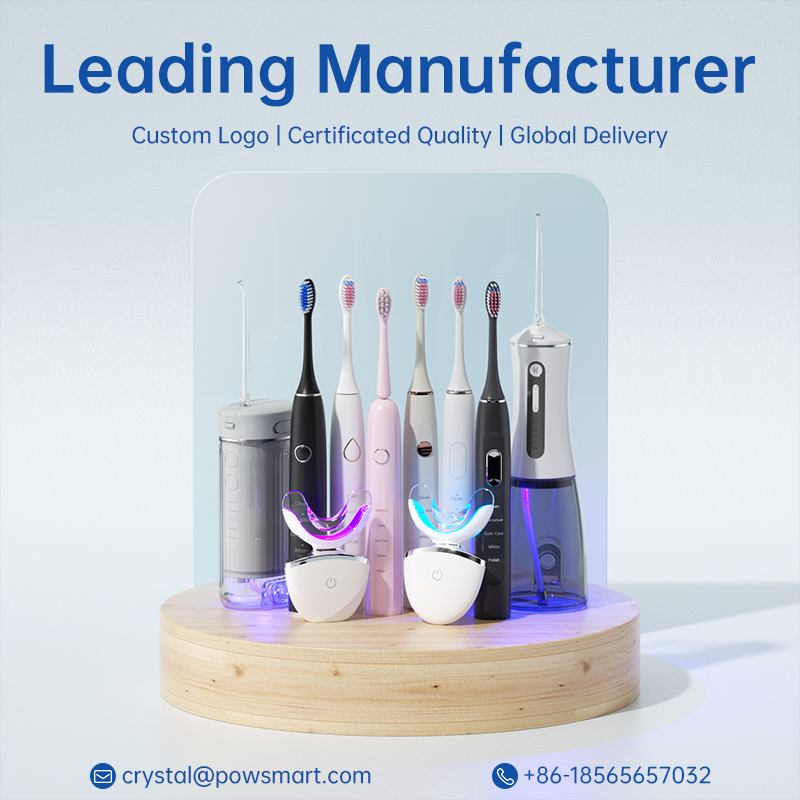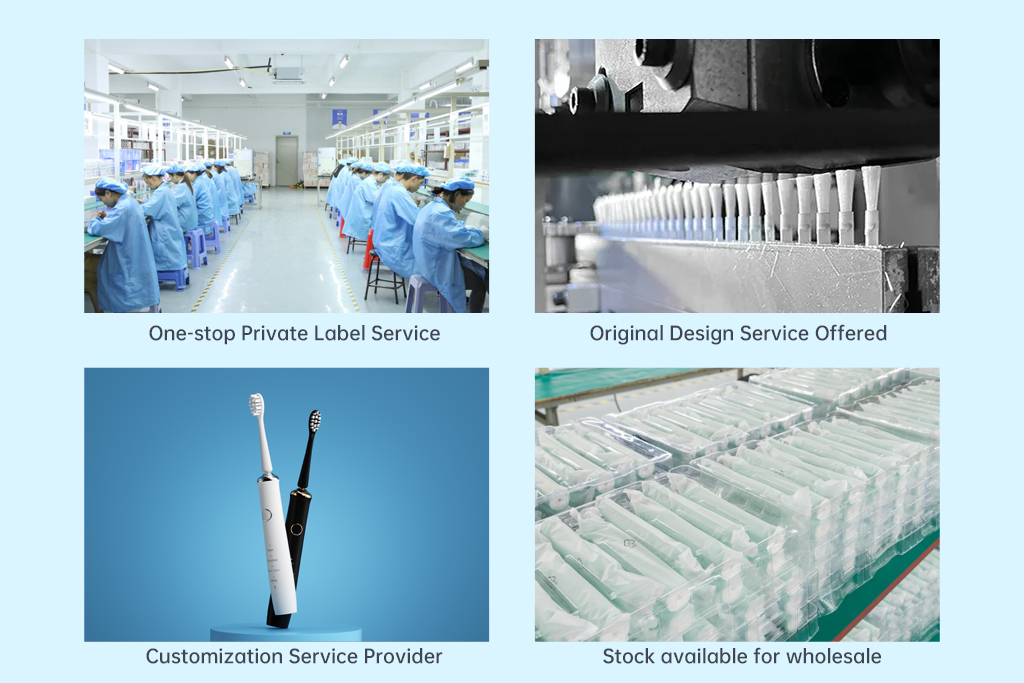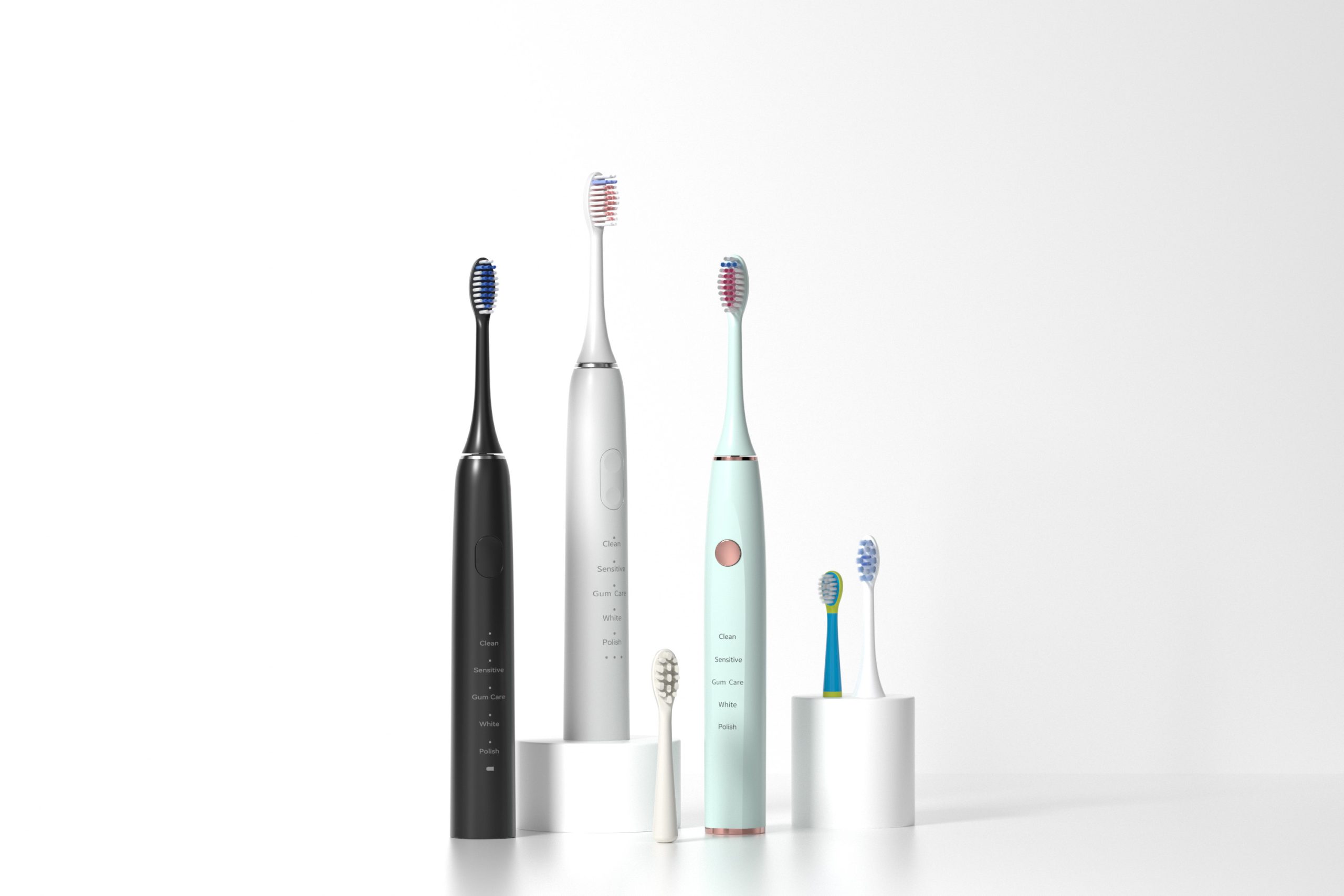Efficient LED whitening device production is essential for oral care brands seeking to deliver consistent performance, safety, and aesthetics in their whitening kits. Whether you are launching a new private-label whitening kit or expanding an existing product line, proper management of production stages—from design to whitening kit packaging—is critical for success. By collaborating with experienced manufacturers, businesses can streamline their operations, ensure quality control, and achieve faster market entry.
In this blog, we’ll outline the six key aspects of managing LED whitening device production effectively to support sustainable business growth and customer satisfaction.
The foundation of any high-quality whitening kit lies in the performance of its LED device. Managing LED whitening device production begins with selecting reliable LED modules and optical components that provide the correct wavelength and intensity for effective whitening results.
A professional manufacturing partner ensures all electronic components—such as LED chips, power circuits, and heat dissipation elements—are precisely integrated to maintain stability and longevity. Customizable light configurations, USB charging options, and ergonomic mouthpiece designs can also be developed to align with your brand’s user experience goals.
The choice of materials directly affects the comfort, safety, and regulatory compliance of LED whitening devices. Medical-grade silicone, BPA-free plastics, and FDA-approved resins are essential for ensuring end-user safety.
A trusted LED whitening device production facility follows international safety standards and conducts rigorous testing for electrical safety, waterproof performance, and chemical resistance. By working with certified suppliers, brands can minimize compliance risks and enhance product credibility in different markets.
Additionally, collaborating on whitening kit packaging with sustainable or recyclable materials strengthens your brand’s environmental responsibility and market positioning.
Efficiency in production depends heavily on streamlined assembly processes. Top-tier LED whitening device production facilities utilize semi-automated or fully automated assembly lines to reduce manual error, increase throughput, and improve consistency.
Automation ensures uniform LED alignment, secure circuitry installation, and precise mouthpiece molding. Manufacturers who also manage whitening kit packaging under the same roof further optimize timelines by integrating device assembly, quality inspection, and packaging within a single workflow.
This end-to-end control reduces lead time and ensures seamless synchronization between hardware production and packaging completion.
Brands thrive when their whitening kits reflect unique identity and functionality. A capable LED whitening device production partner provides full OEM/ODM customization—from LED color variations to mouthpiece size, battery capacity, and smart timer functions.
Customization doesn’t end with the device. Integrated whitening kit packaging design allows you to match device aesthetics with branded boxes, inserts, and instructions. Manufacturers that offer in-house packaging design can produce premium retail-ready kits that strengthen shelf appeal and customer trust.
Strict quality control ensures the long-term reliability of LED whitening devices. Comprehensive testing during LED whitening device production should include electrical safety checks, LED brightness calibration, battery life testing, and drop resistance assessments.
Manufacturers that integrate whitening kit packaging also perform visual inspections to confirm that each device meets cosmetic and labeling requirements before shipment. This holistic quality assurance approach minimizes post-production defects and ensures the end product reflects your brand’s commitment to excellence.
Managing LED whitening device production also involves strategic supply chain coordination. Leading manufacturers maintain stable relationships with component suppliers, ensuring timely access to LEDs, batteries, and chargers even during market fluctuations.
A transparent production schedule allows for predictable lead times, while synchronized whitening kit packaging ensures final assembly and shipping occur efficiently. Manufacturers experienced in export documentation, customs requirements, and regional certifications (such as CE or RoHS) can help your brand reach international markets faster and more reliably.
Effective management of LED whitening device production is more than just assembling parts—it’s about creating a high-performance, safe, and visually appealing product that strengthens your brand’s market presence. From material sourcing and customization to whitening kit packaging, each stage contributes to overall product success.
Partnering with a professional OEM/ODM manufacturer ensures streamlined production, regulatory compliance, and scalable output for global distribution. Whether you’re developing your first LED whitening device or upgrading an existing line, collaboration with an experienced production partner can help you achieve efficiency, innovation, and long-term profitability.
🌐 Looking for an expert LED whitening device manufacturer with integrated whitening kit packaging services? Contact our team today to explore customized production solutions for your brand.
.jpg)
-1024x1024.jpg)

App Connected Toothbrush: OEM Development for Smart Oral Care
Frequent Allergy Reactions to Whitening Kits: Is Cold-Light Technology to Blame?

Electric Toothbrush Screen Printing vs Pad Printing: The Best Choice for Complex Patterns and Gradient Colors
.jpg)
Customization Guide for UVC Sterilization of Water Flossers: Scientific Matching of Wavelength, Irradiation Time and Waterproof Design
Smart Toothbrush for Professionals | Tech Lifestyle Care

AI Powered Toothbrush: Next-Generation OEM Technology
.jpg)
How can USB-C fast charging keep your electric toothbrush ready at all times Long Battery Life?

How can the sonic whitening mode safely and effectively remove surface stains?

Oral care beauty trend :How Oral Care Became Beauty’s Sexiest New Category

Competitive Wholesale Oral Care Products for Your Store – Bulk Deals & OEM Options

Why Is Toothbrush Quality Certification Non-Negotiable?
Best Toothbrush for Doctors | Clinical Oral Care
Whitening Gel Leakage Leads to Teeth Yellowing? Experts Issue Warning!
Does Warranty Cover Motor Overheating in Electric Toothbrushes?
When Selecting Products, How Can You Make the Pricing of Electric Toothbrushes Best Suit Your Brand Image?

Sourcing Kids Electric Toothbrush Hyderabad: Regional OEM Manufacturing
.jpg)
Florida Electric Toothbrush – Powsmart PTR-C8

electric toothbrush heads Charcoal Infuse-Round

electric toothbrush heads Ultra Soft

electric toothbrush heads Regular Clean

electric toothbrush heads Deep Clean

Customization Teeth Whitening Gel

Electric toothbrush heads Charcoal Infused-Diamond

Private Label Whitening Gel
whstapp
whstapp
National Toll-Free Service Hotline
+86 755 86238638